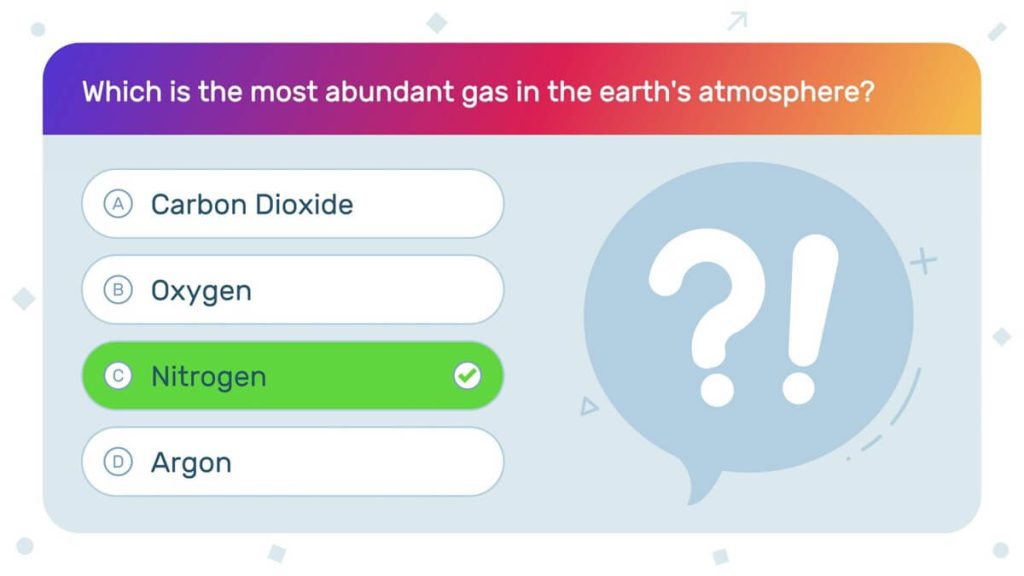
Uncover the power of dichotomous questions for surveys. Learn to create effective questions with five practical examples to enhance your survey’s impact.
Surveys. We all take them, but have you ever stopped to think about the types of questions that make them tick? If you’re involved in market research, customer feedback, or any kind of data gathering, getting your questions right is key. That’s where dichotomous questions come in. These little powerhouses can completely transform your surveys – let’s dig in!
What exactly is a dichotomous question?
Don’t let the fancy term scare you! Put simply, a dichotomous question has only two possible answers – usually “yes” or “no”. Here’s a quick example:
“Have you purchased from our online store before?” (Yes/No)
Why use dichotomous questions in your surveys?
Okay, “yes” or “no” sounds pretty basic, right? But here’s why they’re awesome:
Super Easy to Answer: No long paragraphs needed! This reduces friction for your participants and keeps your response rates high.
Clear-Cut Data: Analyzing a bunch of “yes” and “no” answers is way faster and less confusing than interpreting long text responses.
Perfect for Filtering: Dichotomous questions can quickly segment your audience, guiding them to relevant follow-up questions.
The Problem with ‘Bad’ Surveys
Feeling a bit sheepish about your past surveys? Don’t worry, we’ve all been there. Vague, open-ended questions are the culprits of confusing data and long, rambling responses. Dichotomous questions offer a refreshingly clear alternative!
5 Genius Examples of Dichotomous Questions (and How to Use Them)
Let’s see these survey superheroes in action:
“Do you own a bicycle?”
Great for: Market research on cycling products, or targeting follow-up questions based on bike ownership.
“Was this article helpful?”
Ideal for: Getting instant feedback at the end of your content.
“Are you interested in receiving promotional emails?”
Key for: Building segmented email lists and respecting user preferences.
“Have you experienced any issues with our product?”
Perfect for: Identifying customer pain points and troubleshooting areas.
“Would you recommend our service to a friend?”
Powerful for: Measuring your Net Promoter Score (NPS) – a key customer satisfaction metric.
Pro Tips for Using Dichotomous Questions Like a Boss
Keep them short and sweet: Your participants will thank you.
Use plain language: Avoid jargon or overly complex phrasing.
Place them strategically: Use them early on for filtering, or at the end for key feedback points.
Don’t overuse them: Balance with other question types for a more dynamic survey experience.
You Must Know Omnibus Surveys: Boost Your Research with 5 Smart Benefits Onboarding Survey: 5 Tips to Boost New Hire Success
Ditch Those Drowsy Surveys – Level Up with Dichotomous Questions!
See how adding a few well-placed dichotomous questions could streamline your surveys? This strategy gives you cleaner data, happier participants, and better insights for your business! Even better, they’re incredibly simple to write.
Are you using dichotomous questions in your surveys already? If so, share your favorite examples in the comments below! If not, it’s time to experiment and supercharge those results!
FAQs on Dichotomous Questions
Q: Are dichotomous questions suitable for all types of surveys?
Yes, dichotomous questions are versatile and can be adapted to various survey contexts.
Q: How can I prevent response bias in dichotomous questions?
To mitigate bias, ensure the neutrality of language and balance in the response options.
Q: Can dichotomous questions be used in qualitative research?
While they are more common in quantitative studies, dichotomous questions can be adapted for qualitative research with thoughtful framing.
Q: Is there an optimal number of dichotomous questions in a survey?
The quantity depends on the survey’s scope, but a balanced mix with other question types is often effective.
Q: What’s the impact of question order on dichotomous question responses?
Question order can influence responses, so strategically place dichotomous questions to avoid bias.
Q: How can I analyze dichotomous question data effectively?
Utilize statistical tools and categorize responses for thorough analysis.
Conclusion
Mastering the art of dichotomous questions empowers survey creators to extract valuable insights efficiently. From product feedback to health surveys, these questions offer a versatile tool for any researcher. Craft your surveys thoughtfully, utilizing the principles outlined here for a more impactful surveying experience.

